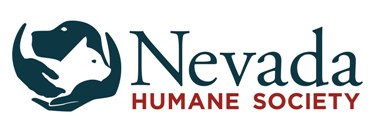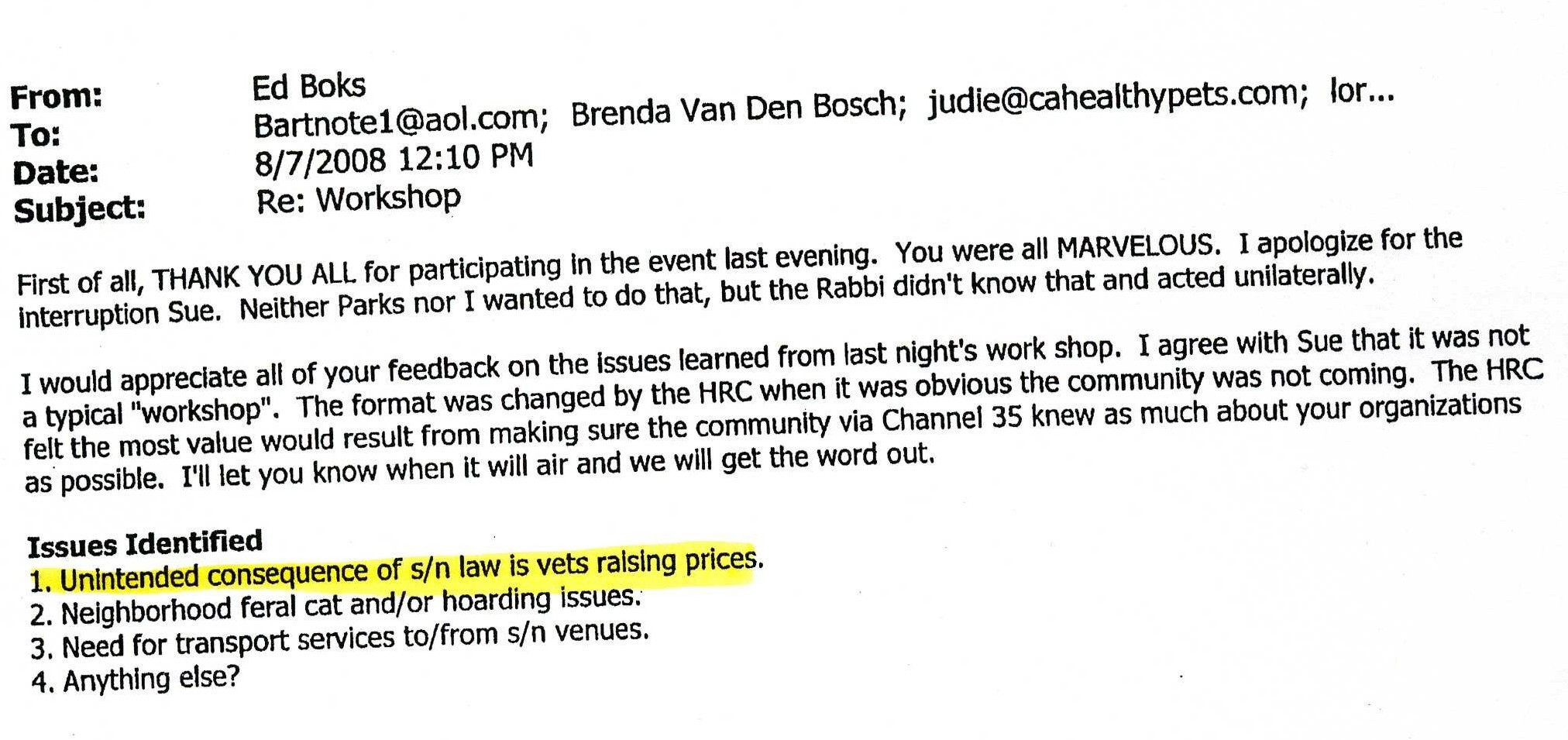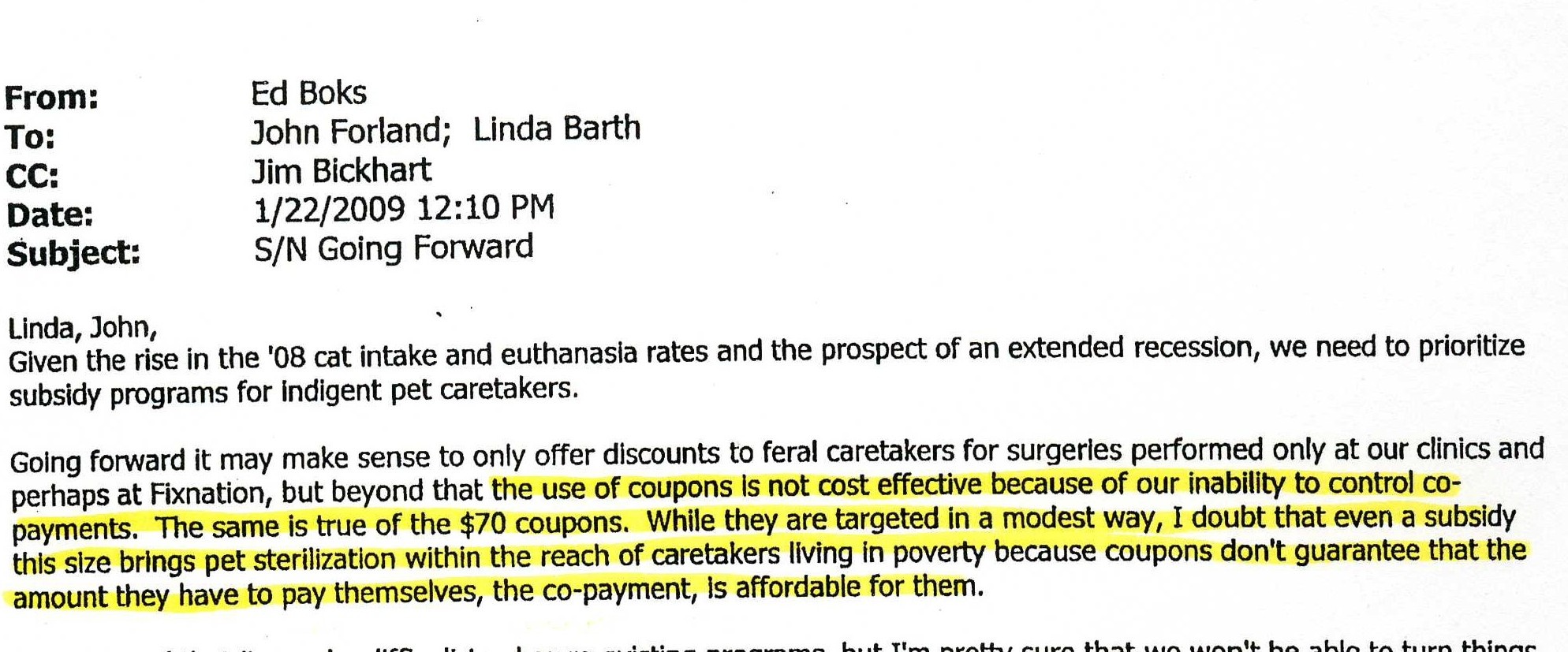It is very interesting watching the Republicans and the various right wing nut groups react to a black president and a uniting Democratic party finally getting their act together. So far, the majority of Democratic Congressmen have received death threats or other similar phone calls. Ten Democratic Congressmen have had their offices vandalized.
The leader of the Senate Minority, Kantor, is blaming the Democrats for trying to make political hay out of being attacked. The Republicans have been using the Teabaggers as pawns, unleashing hate and attack ads, and now that the violence is happening, they don't know what to do.
These teabagging neanderthals are absolute cowards, hitting their targets in the middle of the night, or wearing guns and carrying automatic rifles to rallies in an attempt to intimidate liberals and Democratic lawmakers.
I'd like them to know that the North, the "civilized" states along both oceans have dealt with their ilk before, whether it be the successionist South, the KKK or the neo Nazi groups. Their carrying weapons openly and terrorizing people at night is only going to elicit a similar reaction from liberal groups or the feds. Maybe then the feds will have real work to do rather than consider ALF and ELF America's most dangerous terrorist threats.
PROVIDING INFORMATION AND ANALYSES OF ANIMAL ISSUES IN LOS ANGELES http://losanglesveterinarian.blogspot.com/
Santa Monica Restaurant Serves Whale Meat; Owner Could Get a year in Jail
Santa Monica Restaurant Charged In Whale Sting
Federal prosecutors have filed charges against a sushi chef and a Santa Monica restaurant where marine mammal activists say they were served illegal whale meat.
Typhoon Restaurant, Inc., which owns The Hump restaurant, and Kiyoshiro Yamamoto, a 45-year-old Culver City resident, were charged Wednesday with illegally selling an endangered species product, a misdemeanor.
Two undercover diners requested whale as part of an $600 "omakase," or chef's choice, meal. The young women were working with the producers of the Oscar-winning documentary, "The Cove," to record the whole meal.
They pocketed a sample and genetic testing confirmed that it was meat from the endangered Sei whale.
If convicted Yamamoto could face a year in prison and a fine of $100,000. The company could be fined $200,000.
ADDITIONAL N.Y.T. ARTICLE:
http://www.nytimes.com/2010/03/09/us/09sushi.html
Reno Effectively No Kill
They have a 60% Return to Owner rate for dogs, and 7% for cats. This is double to triple the national average.
Reno is divided into two organizations, The Washoe County Regional Animal Services and the Nevada Humane Society, a 503c3 organization. Their 209 numbers are:
NHS Save Rate for 2009: Dogs – 93% Cats – 95%
WCRAS Save Rate for 2009: Dogs – 91% Cats – 89%
Countywide Save Rate (NHS and WCRAS combined) for 2009: Dogs - 90% Cats – 89%.
FROM WINOGRAD'S BLOG (HTTP://NATHANWINOGRAD.COM)
Reno is divided into two organizations, The Washoe County Regional Animal Services and the Nevada Humane Society, a 503c3 organization. Their 209 numbers are:
NHS Save Rate for 2009: Dogs – 93% Cats – 95%
WCRAS Save Rate for 2009: Dogs – 91% Cats – 89%
Countywide Save Rate (NHS and WCRAS combined) for 2009: Dogs - 90% Cats – 89%.
FROM WINOGRAD'S BLOG (HTTP://NATHANWINOGRAD.COM)
Reno Leads the Pack
February 25, 2010 by Nathan J. Winograd
As a tourism-based economy, Reno, Nevada, in Washoe County, has been very hard hit by the economic downturn. Loss of jobs and loss of homes are at all-time highs. In fact, the state of Nevada has one of the highest unemployment rates in the nation. Reno and surrounding communities also have other challenges. A recent national survey called it the second “drunkest” city in the United States based on a number of factors including DUI arrests. Nevada has per pupil education funding levels that rival the lowest in the U.S., right down there with historically impoverished states like Mississippi. And its animal shelters have a per capita intake rate five times higher than San Francisco, over three times higher than Los Angeles, and over twice the national average.If there was any place where No Kill would not work based on traditional dogma, that place would be Washoe County, Nevada. And, of course, past leadership of the two largest shelters in the county—Washoe County Regional Animal Services (WCRAS) and the Nevada Humane Society(NHS)—exploited those problems to suggest that they had no choice but to kill homeless animals, even during times of relative economic prosperity. And that is exactly what they did, by the thousands.
But those “leaders” are gone, removed under ethical and performance based issues. Ironically, the former head of NHS was a leading voice attacking San Francisco’s pioneering No Kill work in the 1990s, a darling of the regressive Humane Society of the United States and a member of their exclusive national sheltering committee. Since new leadership has taken over at both agencies and while facing the same challenges, the excuses are gone. And the results have been dramatic. Since 2007, adoptions have more than doubled. Reclaim of lost strays are up, hitting 60% for dogs. And despite taking in over 15,000 dogs and cats per year, lifesaving has reached 90% of all impounded animals, near the top in the nation.
How does a community go from killing to No Kill level save rates? “We changed basically everything,” said Bonney Brown, the Executive Director of NHS and the winner of two awards from the national No Kill Advocacy Center. She was Animal Shelter Director of the Year in 2007 and a recipient of the Henry Bergh Leadership Award in 2009.
Most shelters blame the community for not caring. But not Brown. “I’ve not read the studies,” said Brown. “But regardless of what they say, every community has its challenges and of course we are no exception. Reno bills itself as the ‘Biggest Little City’ and there is a lot to be said for that. We may be small compared to cities like New York and Los Angeles, but our community has a big heart. And our results prove it.”
Another person who agrees is Mitch Schneider, who runs WCRAS. Given the high intake of animals compared to other communities (which some would suggest is evidence of high rates of “public irresponsibility”) one would expect WCRAS to have a very low reclaim rate for stray animals. But it doesn’t. In fact, Schneider has been dubbed the “King of Redemptions” for returning six out of ten stray dogs to their homes and 7% of the cats. By contrast, the national average hovers around 25% for dogs and only 1-2% for cats. He credits the success to the proactive efforts of his agency, rather than blaming the community. At WCRAS, staff is “encourage[ed] to ‘think outside the box’ to find ways to safely return animals to their owners.”
Brown echoes the sentiment. “People care very deeply about their animals here in Reno. Every time we ask for the community’s help, they respond overwhelmingly,” said Brown. And she has the results to prove it. When the road in front of her shelter was closed for repairs, making it impossible for people to see and get to the shelter over the weekend, she did not resign herself to losing all those adopters. She enlisted the help of the construction company, who agreed to put a half-page ad in the local newspaper to promote adoptions, and Brown and staff set up tents and cages in an empty lot in full view of the street and had a weekend adoption event, complete with people dressed as animals holding signs on the other side of the street. This event resulted in over 200 adoptions—over two times a typical weekend!
When Schneider’s officers seized dozens of dogs or cats in cruelty raids, he enlisted Brown’s help in placing them. The result: “The Great Orange Cat Rescue” and other promotions that find the animals new homes. “We turn challenges into opportunities,” says Brown. Last year, the NHS found homes for 9,184 animals—up front 4,539 the year before she started. That’s an increase of 102%.
And when a tent city for homeless people popped up in the community, NHS was there offering to help. “We already have a program with the Reno Area Alliance for the Homeless to provide free spay/neuters and transport to our clinic for pets of the homeless,” said Brown. “We also have a pet food assistance program to help people who are having temporary issues providing food for their pets. We decided to go one step further.” NHS medical crews went in to provide free vaccinations and care.
The end result of all these programs is not only one of the highest save rates in the nation, but also great public perception of the agency. Before the changes, No Kill Solutions did a series of Town Hall-type meetings and surveys to determine how the Washoe County (Reno), NV community felt about its shelter, the Nevada Humane Society. Those efforts revealed deep dissatisfaction in the community, especially among animal welfare stakeholders (rescue groups, feral cat caretakers, No Kill shelters, and others) with the job being done. The vast majority did not believe the humane society was doing enough to save lives.
Not surprisingly, public perception today stands in sharp contrast to what it was. With the help of the Reno Gazette Journal, a community survey in January 2009 revealed that:
- 93% support the No Kill initiative;
- 95% gave the humane society positive ratings on adoption efforts and results; and,
- 93% say NHS has a good or great public image.
And recognition has gone beyond Washoe County’s borders. Because of these efforts, the leadership of both WCRAS and NHS have been asked to speak at national conferences. Both Brown and Schneider will be speaking at the No Kill Conference in Washington DC this summer. And both are leading a workshop at a conference on Transforming Local Government, put on by the Alliance for Innovation.
That success can be every community’s success. And the only thing standing in the way of it is the commitment and follow-through of its leadership. If there is one piece of advice Bonney Brown has for other communities, it is to follow proven methods, rather than relying on outdated and ineffective conventional wisdom: “The programs that create lifesaving success are no mystery. They are outlined in the No Kill Advocacy Center’s No Kill Equation model, and are being implemented in a growing number of communities.”
To learn more about Washoe County’s success, read “How We Did It,” by clicking here.
To learn more about the No Kill Equation, click here.
To learn more about the No Kill Conference, click here.
To learn more about the No Kill Equation, click here.
To learn more about the No Kill Conference, click here.
By the Numbers (Source: NHS & WCRAS)
NHS Save Rate for 2009: Dogs – 93% Cats – 95%
WCRAS Save Rate for 2009: Dogs – 91% Cats – 89%
Countywide Save Rate (NHS and WCRAS combined) for 2009: Dogs - 90% Cats – 89%.
WCRAS Save Rate for 2009: Dogs – 91% Cats – 89%
Countywide Save Rate (NHS and WCRAS combined) for 2009: Dogs - 90% Cats – 89%.
Save Rate
Washoe County: 90%
Western Region of U.S.: 61%
National: 50%
Western Region of U.S.: 61%
National: 50%
Winograd Post's Boks' Emails Showing Spay/Neuter Law Failing Because Greedy Vets Pumped Up Surgery Fees and City's Voucher Program is Much Smaller
Ed Boks E-Mails Reveal Mandatory S/N Law Failures
March 2, 2010 by Nathan J. Winograd
During his tenure as General Manager of Los Angeles Animal Services (LAAS), Ed Boks made headlines in his support of a failed California mandatory sterilization law, Assembly Bill 1634. During legislative hearings, Boks admitted that the legislation was more about expanding the bureaucratic power of animal control than saving animals when a Senator asked: “Mr. Boks, this bill doesn’t even pretend to be about saving animals, does it?” To which Boks responded: “No Senator, this is not about saving dogs and cats.” The bill was defeated.
But Boks convinced the City of Los Angeles to pass its own version. He also demanded more officers to enforce it, and was granted over $400,000 in enforcement money to do so, money that was taken away from truly lifesaving programs. The end result was predictable. Almost immediately, LAAS officers threatened poor people with citations if they did not turn over the pets to be killed at LAAS, and that is exactly what occurred. For the first time in a decade, impounds and killing increased—dog deaths increased 24%, while cat deaths increased 35%. In the process, he also fed the backyard breeding market for more (unaltered) animals.
Boks made further headlines when he abolished the subsidized spay/neuter voucher program a short time later, a program that was aimed at helping poor people comply with the law. A public outcry led to the program’s reinstatement but the subsequent embarrassment, among others, led to a unanimous vote of “No Confidence” by the City Council and Boks resigned shortly thereafter.
Despite public claims of success and the touting of the L.A. law in a bid to pass A.B. 1634 statewide, recently released e-mails show that Ed Boks knew that his much touted mandatory sterilization law was harmful to animals for another reason. According to the e-mails, after the mandatory sterilization law was adopted, veterinarians across the City of Los Angeles sought to exploit the captive market by raising their prices. Veterinarians wanted a windfall, even though cost was—and is—the primary barrier to spay/neuter. The end result was that while spay/neuter was now the law, the effect of the price increases in response to the law put sterilization increasingly out of reach for those at the bottom rung of the economic latter, forcing them to surrender their animals, which the shelters under Boks’ command put to death.
In a 2008 e-mail to Ed Boks, a supporter writes to Ed that “we can’t hide from the fact that veterinarians are raising their prices to a point where people cannot afford the services regardless of the vouchers or financial assistance.” (To help defray these rising costs, the City was offering $30 vouchers, and in a smaller number of cases, $70 vouchers, toward the cost of sterilization.) By August 2008, Boks admitted a problem and indentified what he called the “unintended consequence of s/n law is vets raising prices,” though he did not share this information with legislators he was lobbying to pass statewide mandatory spay/neuter.*
By early 2009, however, Boks could no longer ignore the failure. In an e-mail to his managers and the Mayor’s Office, he admits that the voucher program’s attempt to stem the increases in impounds was largely a failure, saying,
[T]he use of coupons is not cost effective because of our inability to control co-payments. The same is true of the $70 coupons. While they are targeted in a modest way, I doubt that even a subsidy this size brings pet sterilization within the reach of caretakers living in poverty because coupons don’t guarantee that the amount they have to pay themselves, the co-payment, is affordable to them.
Boks concludes that “the failure of our programs… explains why no progress has been made in reducing cat intakes in recent years.” (While he discussed trying to more effectively target indigent people with spay/neuter assistance, less than two months later he simply abolished the program.)
Instead, to defray blaming the spay/neuter law for increased impounds, Boks and his killing apologists in Los Angeles publicly (and sometimes privately) blamed the economy. But the data did not bear out the claim. While the City of Los Angeles had one of the lowest foreclosure rates (1.79) at the time, it saw killing increase following the passage of its spay/neuter law. By contrast, communities with higher rates like San Diego (2.51) and Alameda (2.41), saw killing nonetheless decrease. In fact, some of the California counties with the highest foreclosure rates during this period saw killing decrease.
Moreover, Washoe County, Nevada provides a striking contrast. As a tourism-based economy, Washoe County (Reno and surrounding communities) has been very hard hit by the economic downturn. Loss of jobs and loss of homes are at all-time highs. In fact, the state of Nevada has one of the highest unemployment rates in the nation, second only to Michigan. At the same time that LAAS was impounding and killing more animals, Reno increased adoptions rates, increased reclaim rates, and despite taking in over three times the per capita rate of animals than Los Angeles, saved nine out of every ten dogs and, at the time, about eight out of ten cats. Today, 90% of all cats and dogs are being saved.
In addition to the e-mails about the failure of the mandatory spay/neuter law, recently uncovered e-mails were found between a PETA writer and Boks trying to undermine my arguments in Redemption. I will write up a response to those claims in the near future, including an admission by the PETA writer that the shelters I cited for good results, in her words, are “Not perfect… but they are open-admission … and they’re among the best-performing animal shelters in the country.” The PETA writer also goes on to admit that I was right in another regard, citing the example of shelter management at the shelter she volunteers for, which ignored pleas for more comprehensive adoption efforts because they found killing of cats easier than doing what was necessary to stop it. Her conclusion: management should be fired!
Despite these admissions, she (a woman who writes for an organization that wants to see every dog who enters a shelter and is labeled a “Pit Bull” systematically slaughtered, and which also seeks out and kills 2,000 animals a year) and Boks (a man who has made a career around killing animals and misleading the public about No Kill progress) conspire to undermine my philosophy and approach. Stay tuned…
Subscribe to:
Comments (Atom)




